Introduction:
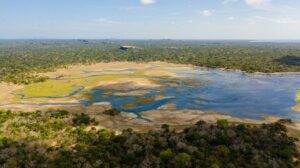
1. Understanding Salt Marshes:
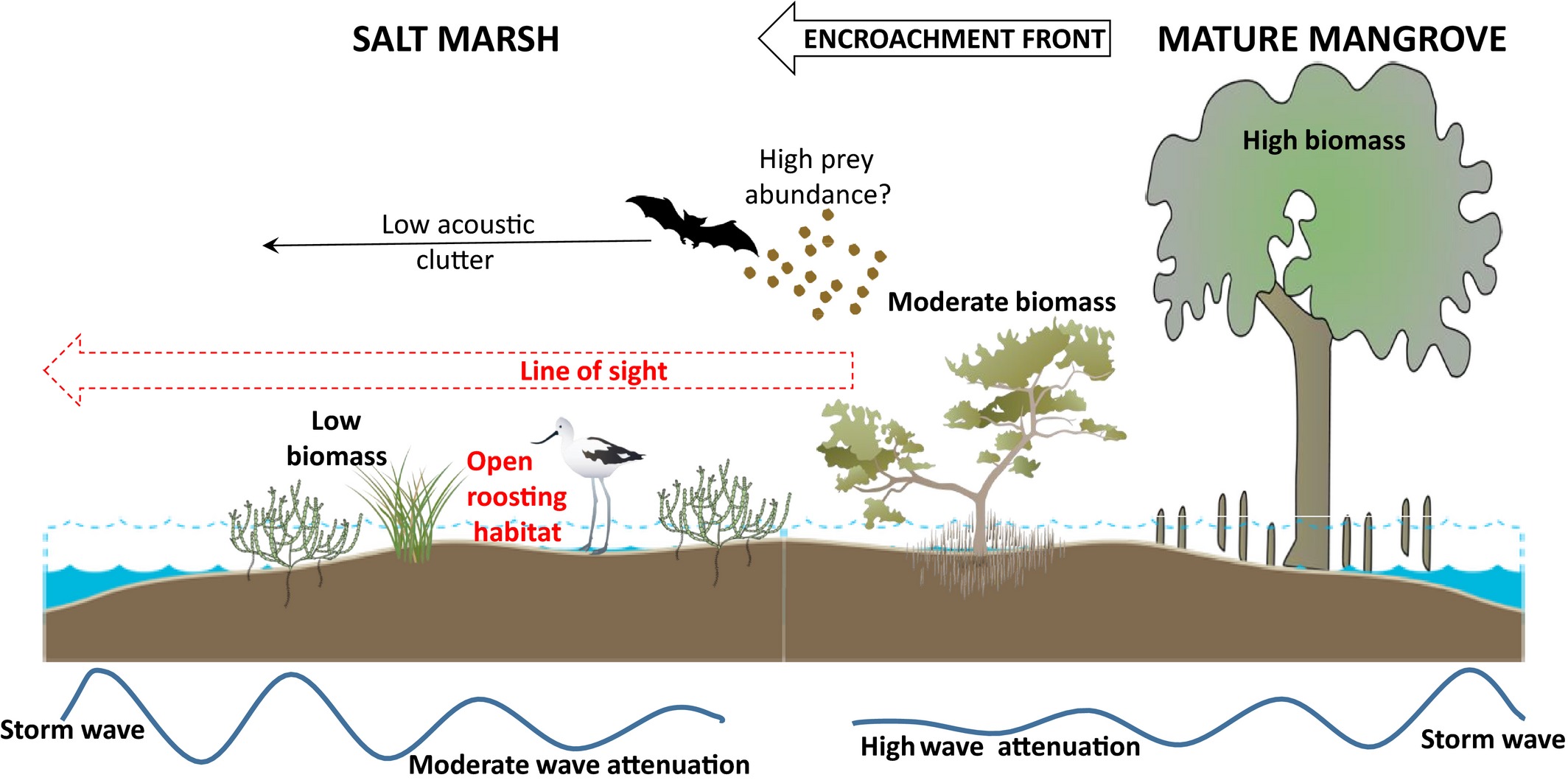
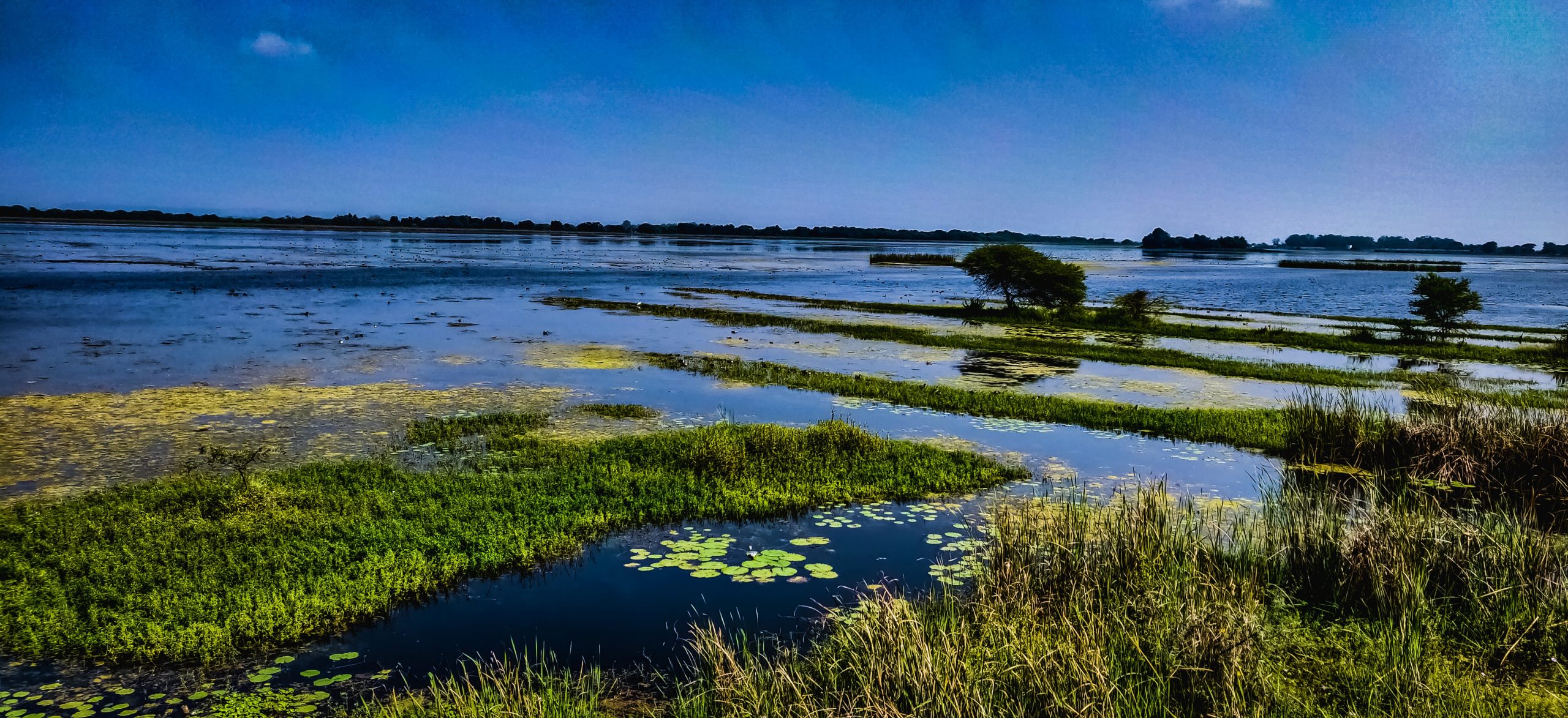
2. The Threat of Sea Level Rise:
3. Findings of the Study:

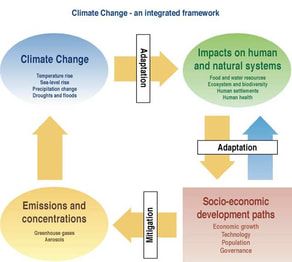
4. Mitigation and Adaptation Strategies:
To safeguard salt marshes and their invaluable services, a combination of mitigation and adaptation strategies is required. Mitigation efforts should focus on reducing greenhouse gas emissions to curb the pace of global warming and subsequent sea level rise. This involves transitioning to cleaner energy sources, enhancing energy efficiency, and promoting sustainable land and water management practices.
Adaptation measures must be implemented to assist salt marshes in coping with rising sea levels. This includes creating buffer zones and restoring or enhancing existing marshes to allow for their natural migration inland. Coastal engineering solutions, such as constructing artificial barriers or diversifying coastal protection methods, may also be considered in specific cases. Local communities, governments, and conservation organizations should collaborate to develop comprehensive strategies tailored to each region’s unique circumstances.
5. Importance of Conservation and Awareness:
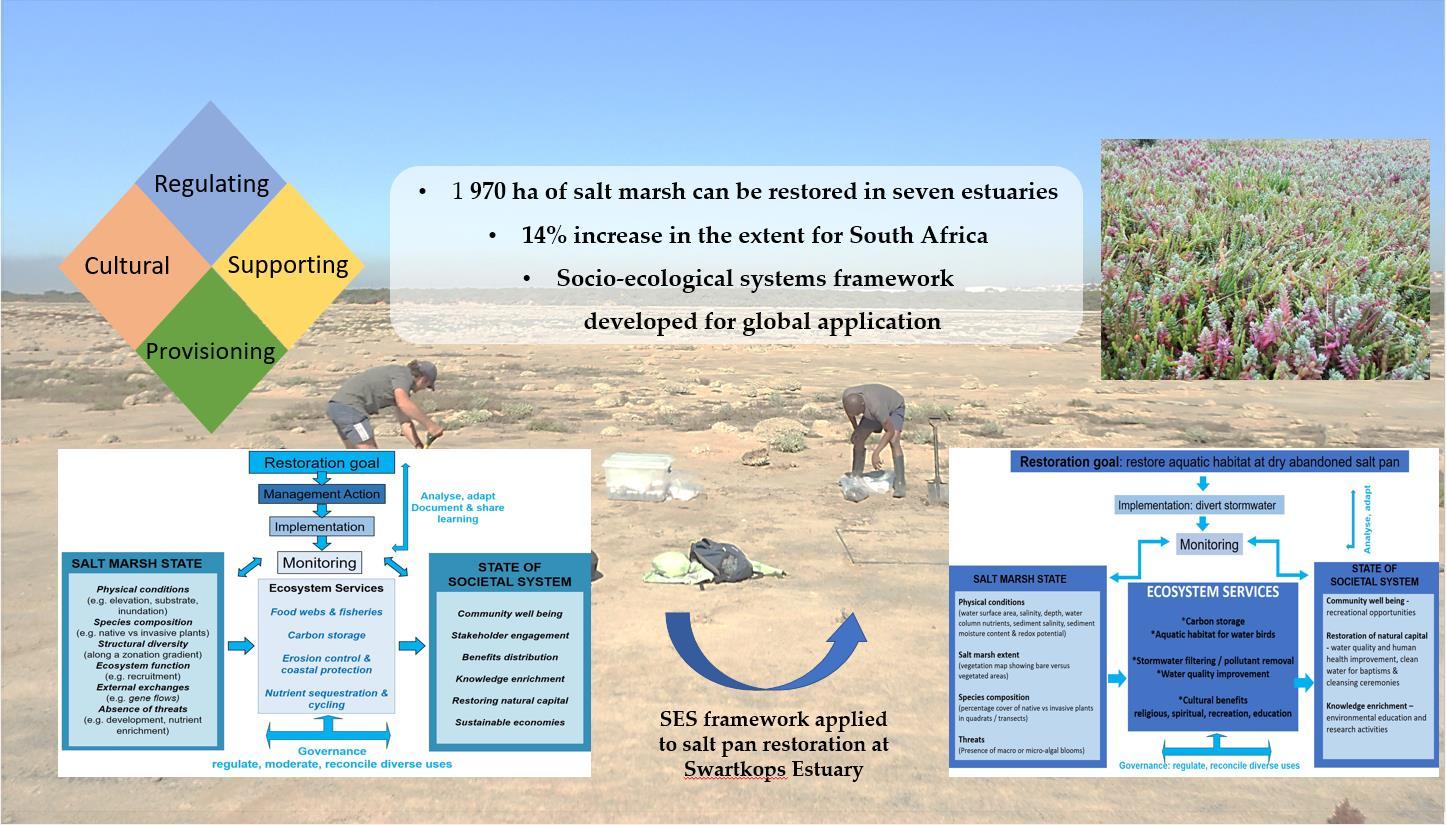
Conclusion:
The study’s findings serve as a stark reminder of the vulnerability of salt marshes to sea level rise. These ecosystems, essential for coastal protection, biodiversity, and ecosystem services, are at risk of vanishing if urgent action is not taken to combat climate change. Mitigating greenhouse gas emissions, implementing adaptation strategies, and fostering a sense of responsibility among communities and policymakers are paramount in safeguarding the future of salt marshes. By preserving these extraordinary ecosystems, we not only protect biodiversity but also strengthen our resilience in the face of a changing climate.


